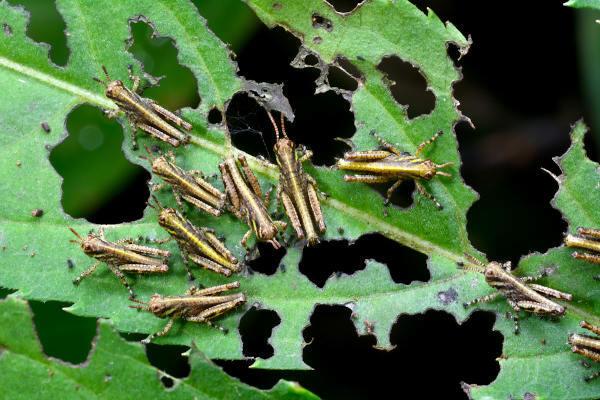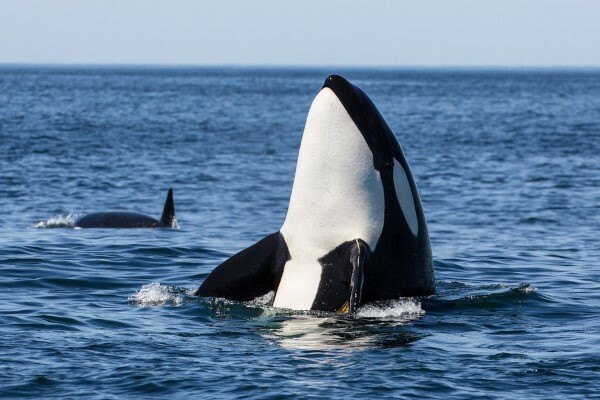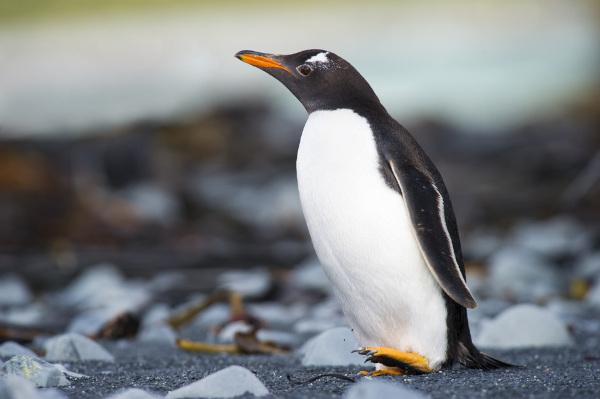You locusts are animals belonging tophylum Arthropod, class Insecta, order Orthoptera and suborder Caelifera, which features more than 11,500 species. They are insects mostly terrestrial habits and that feed, in general, on vegetables. They have a varied coloration and three pairs of legs, the posterior one being elongated and helping the animal to jump.
Grasshoppers are often blamed for causing extensive damage to crops. However, it is important to make clear that there are several species of them, and about 95% of them are not considered pests.
Read more: What are Ametabula and Metabula Insects? Check which type the grasshopper belongs to
General characteristics of locusts
Grasshoppers are insects that present varied color, however, animals with brown, black, greenish and brown coloration are more frequently observed. The coloration may be uniform, but a pattern of spots is also observed in some species.
O size of these animals is also diverse, being possible to find grasshoppers with more than 10 cm in length.

the locusts are arthropods, thus presenting the body covered by a exoskeleton (external skeleton) formed by chitin (polysaccharide). As part of the insect class, locusts have characteristics that are typical of it, such as:
Body divided into head, chest and abdomen;
Three pairs of legs;
A pair of antennas.
In addition, locusts stand out for having two pairs of wings in most species, being found, however, species without wings or with rudimentary wings. the pair of forewings is called detégmina and has a coreaceous aspect, while the hind wings they are membranous.
Do not stop now... There's more after the advertising ;)
Another interesting feature of locusts is the fact that they have the last pair of legs adapted for jumping, they are quite elongated when compared to the others. In addition to jumping, the legs help the locusts in sound emission.
Some species are able to produce sound signals by rubbing the hind leg on the lower edge of the wing. Other species are capable of producing flapping sounds during their flight. These sounds are related, among other functions, to sexual approximation.
Grasshoppers have a relatively short antenna pair and eardrums located in the first abdominal segment. These features can be used to differentiate them from crickets and hopes, which have long antennae and have eardrums on the tibia of the first pair of legs.

The locusts are mostly animals, herbivoresthat present the oral appliance of the type chewer. They are well known for causing great damage to vegetation, being responsible for high damage to plantations. an adult grasshopper can eat the equivalent of its own weight in one day. In the absence of adequate food, locusts can even feed on clothing and furniture.
They usually have the habit during the day, however, some of their activities can occur at night, such as mating, molting and feeding.
Grasshopper Life Cycle
Grasshoppers are animals that present metamorphosis during its development. However, unlike other insects such as butterflies, the locusts have a incomplete metamorphosis, in which a young individual very similar to the adult is observed.
During the life cycle of locusts, we can identify three stages of development: egg, nymph and adult (imago). In the reproductive season, the male climbs onto the female's back and inserts the sperm. O Mating time varies from one species to another. After fertilization, females lay their eggs in the ground, and, for that, bury their abdomen in the place.
From these eggs will hatch the nymphs, which are very similar to adults, but do not have wings. Not being able to fly, the nymphs move on the ground by marching or by means of short jumps. After a series of moltings, the nymph becomes an adult, now with wings and also sexually mature.
Read more: Molting or ecdysis in arthropods
Grasshoppers as agricultural pests
Some species of locusts have gregarious habit, forming big clouds of grasshoppers. Wherever these clouds pass, a great deal of damage is left, as these groups can devastate entire crops.
In search of adequate environmental conditions and enough food for everyone, locusts can migrate to various regions. It is noteworthy, however, that many species have a solitary habit, and they are normally not considered agricultural pests.

Many authors relate the increase in the appearance of large clouds of locusts with the environmental imbalances observed today. O logging, for example, it greatly reduces the number of natural predators, facilitating the increase in the population of locusts. At monocultures are also associated with the phenomenon, as they provide a vast area of food for these insects. The warmer weather, caused by the climate changes, it also favors the reproduction of insects.
Read too: Global Warming and Species Extinction
Ecological importance of locusts
Grasshoppers are animals that also have ecological importance. Although they are often described as crop destroyers, they have important role in ecosystems, since they are components of food chain local. They also serve as food for other animals, being commonly eaten by birds, amphibians and reptiles.
By Vanessa Sardinha dos Santos
Biology teacher


